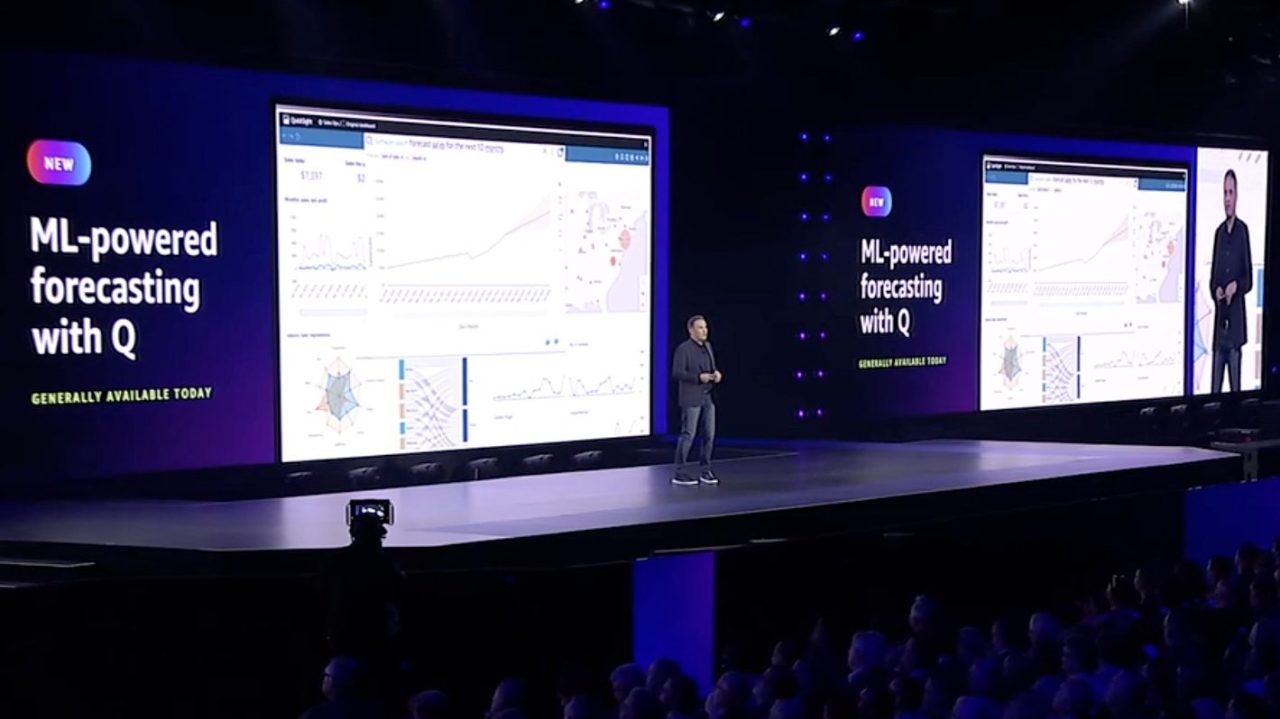In today’s fast-paced business world, having access to data insights is just as vital as the data itself. Amazon Web Services (AWS) has taken a significant leap in this domain with the recent enhancements to its QuickSight business intelligence service. The introduction of natural language forecasting queries empowers users—regardless of their analytical background—to make data-driven decisions effortlessly. This blog delves into these new capabilities, illustrating how they can transform the approach to data analysis.
A Brief History of AWS QuickSight
AWS first launched QuickSight back in 2015, revolutionizing the way organizations visualize their data. Traditional business intelligence solutions often required users to have a developer’s skillset, limiting access to insights. QuickSight bridged this gap by allowing users to create dashboards and reports easily. By 2020, AWS incorporated natural language querying into QuickSight Q, allowing users to pose questions in everyday language. Now, with the latest update, users can gaze into the future of their businesses like never before.
Forecasting Made Simple
Gone are the days when forecasting required a deep understanding of statistical models or heavy reliance on data scientists. With the newly introduced ML-powered forecasting feature, users can simply type questions like “show me a forecast of sales” directly into QuickSight Q’s search bar. This intuitive functionality invites an entirely new group of users to engage with data.
Customizable Metrics and Filters
- Users can query forecasts for multiple metrics, enhancing analytical depth.
- Filters allow for meticulous data tailoring—whether considering a particular region or a specific timeframe.
This flexibility ensures that relevant insights are just a few clicks away, promoting informed decision-making tailored to specific business needs.
Diving Deeper with “Why” Questions
Understanding forecasting is only half the battle; organizations often need to understand the reasons behind trends. With QuickSight Q’s capability to respond to natural language “why” questions, users can now delve deeper. For instance, if sales have declined, a user can ask, “Why did sales drop in Q1 2023?” QuickSight Q will unravel the story behind the numbers, providing insights into potential causes.
Exploring Cause and Effect
- Identify trends: Determine if specific marketing efforts or seasonal fluctuations contributed to changes.
- Impact assessment: Assess how external factors—like economic conditions—may have influenced performance.
This added layer of analysis enables businesses to not only predict outcomes but also gain clarity on the factors that affect their operations.
Final Thoughts
The advancements in AWS QuickSight Q illustrate how technology can democratize data analysis, allowing anyone—from a marketing associate to a sales manager—to engage with predictive analytics. As organizations continue to navigate an increasingly complex business landscape, these natural language features will prove essential for making quick, informed, data-driven decisions.
At fxis.ai, we believe that such advancements are crucial for the future of AI, as they enable more comprehensive and effective solutions. Our team is continually exploring new methodologies to push the envelope in artificial intelligence, ensuring that our clients benefit from the latest technological innovations.
For more insights, updates, or to collaborate on AI development projects, stay connected with fxis.ai.

